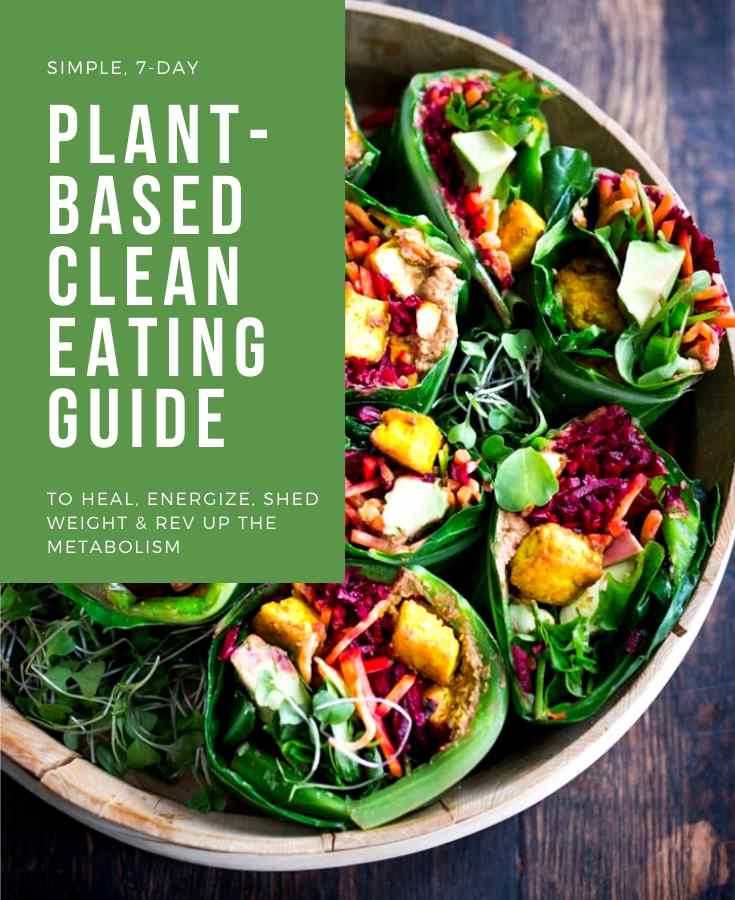
Diabetic patients should eat lots of meat, fish, eggs, and seafood. However, they should avoid sugar and fat. People who are worried about the consequences of their eating habits can stick to a diet high on fruits, vegetables and whole grains. Diabetic patients should still eat non-vegetarian food and drink occasionally. These suggestions can help them make a healthy and balanced diet that suits their lifestyle.
Two common ingredients that can make diabetics more vulnerable are flour and salt. These ingredients can increase blood pressure and add unnecessary calories. Although you should avoid eating food high in sodium content, there are still ways to incorporate it into your meal plan without compromising your diet. Whole foods are healthier than refined sugar and should make up the majority of a diabetes diet menu. The key is to avoid processed foods and flash frozen foods as much as possible.

The ideal diabetic diet menu should have a balanced mixture of carbohydrates, proteins, fat, and fiber. Although you don't want too many carbohydrates, it is important to have healthy fats and a variety of them. A diabetes-friendly diet menu should have a balance of all three types. Fiber and protein will slow the digestion of carbohydrates, while fiber and protein will provide additional nutrition and boost your blood sugar levels. If you have been diagnosed with diabetes, it is essential to monitor your food intake closely and keep a proper blood glucose level.
Your child's regular diet should dictate the diet of a diabetic. Carbohydrates can spike blood sugar and are the primary focus of this diet. A diabetic diet should be based on fruit and vegetables, rather than breads and pasta. Both vegetables and fruits are high in fiber and antioxidants. Instead of eating fruit juices, choose whole fruits. It is important to avoid eating fruit after meals because they can spike blood sugar levels.
Soluble fiber in cooked oatmeal helps regulate blood sugar levels and improves heart health. Oatmeal can be a good source for fiber. Oatmeal is low-calorie and high in fiber, making it an excellent choice for diabetic diets. But a diabetic diet menu should include some fruits, vegetables, and nuts to reduce the risk of developing type 2 diabetes.

A diabetic diet menu should be based on the glycemic index. This index ranks carbohydrate-containing foods by their effect on blood sugar. A dietitian can help guide you in choosing foods that are right for you. You can also have a diet plan tailored to your lifestyle and goals. A healthy diet and the right nutrition will help you achieve a diabetes-friendly lifestyle. It is important not to eat excessive amounts of any food.
FAQ
Is Cardio Better Than Strength Training?
Both are equally good. Cardio is better if you are looking to build muscle faster.
Cardio burns more calories per minute than strength training and burns more fat.
Strength training increases muscle mass but takes more time than cardio.
What's a good workout plan for 7 days?
A seven-day exercise program should consist of three days per week of cardiovascular training (running, biking, swimming), two strength exercises (using free weights, weight machines), and one flexibility/core workout (yoga, Pilates). Each activity should be performed at least once each week. Maximum 45 minutes should be allotted for each session.
Cardiovascular Exercise: Running/Biking/Swimming
Aim to do at least 60 minutes per week of cardio. For best results, aim for 75 minutes per week. Cardio exercise can improve blood flow and stimulate muscle development.
Strength Training
Cardio exercises work on the heart and lungs. Strength training works on the muscles and bones. Strength training increases lean muscle mass and helps to burn calories even at rest.
Flexibility and core workouts
Your whole body will be stronger if you have flexibility and core training. Both yoga and Pilates can be great choices.
What's the Best Way to Lose Weight?
Losing weight is easier said than done. Many people give-up easily because they don’t have the right information.
To lose that extra weight, however, there are simple steps you could take.
You must first ensure that you are consuming fewer calories than what you burn. You can gain weight by eating more calories than your body burns.
For all of those extra calories to be burned, it is important that you exercise regularly. You have the option of doing jogging or walking or cycling, as well as dancing.
Third, you need to stop drinking alcohol and smoking cigarettes. These habits can cause you to consume more calories that you would otherwise.
Fourth, you should cut back on junk food. They can be replaced by healthier options, such as fruits and vegetables, lean meats or whole grains, legumes, seeds, beans, and nuts.
Fifth, you must change your lifestyle and adopt new habits. For example, you may need to get up early every morning to exercise before work.
Sixth, be disciplined and stick to your diet plan.
To burn extra calories, you can also join a gym or take an aerobics class.
By following these simple tips, you will soon begin to notice results.
How To Get Rid Of Belly Fat Fast?
There are several methods to rapidly reduce belly fat. One option is to eat less calories and drink more water.
Running and swimming are two other ways to boost your metabolism.
To quickly reduce belly fat, avoid sitting too much. Stand up often throughout the day. This will help to burn more calories.
You don't have to give up on trying all of the above methods if you still struggle with your belly fat.
You will need a belt to do this. When you sit down, the belt tightens around your waist.
You will feel more comfortable and be able to move around. This encourages you to burn calories and decrease your belly fat.
What if I exercise and drink alcohol?
Yes. Alcohol can increase energy expenditure, speed recovery time, and reduce soreness.
The insulin sensitivity of alcohol is also increased, which makes it easier for glucose to be absorbed.
Dehydration can result from alcohol, which can affect your metabolism. You may also experience a reduction in testosterone production which can lead to decreased muscle-building potential.
For these reasons, women shouldn't drink alcoholic beverages before working out. Women who drink heavily should wait at LEAST 24 hours before they start working out.
Nursing mothers should abstain from alcohol as much as they can.
Men should have no more than one drink per day.
How many calories should I consume daily?
The exact amount varies depending on the person. On average, between 2000 and 2500 calories a day. The factors that determine how many calories are needed for you include your gender, age, height, activity level, lifestyle, and gender.
What is a good gym routine for you?
You must exercise regularly to stay fit. It doesn't matter which type of fitness you choose, as long as it is done regularly. Consistency is the key. It is important to stay consistent in order to get results.
Start by doing small amounts of daily physical activity (like walking). Then gradually increase the time spent exercising until you spend 30 minutes a day working out. This could be running, biking, swimming or weight training.
Try to make sure you exercise on all days of the week. If you have a reason to miss a session, don't skim it.
You should wear the appropriate clothing and footwear if you are exercising outdoors. You also need to consider the weather conditions and whether they affect your ability to exercise safely.
Make sure that you drink plenty of water while you're exercising. Avoid drinking alcohol during this time because it can cause dehydration. Caffeinated beverages such as tea, coffee, and cola should be avoided. They can give you energy, but will also dehydrate.
You might feel tired when you start to exercise for the first time. Keep going with your workouts and you'll soon feel more energized.
Statistics
- Are You One of the 20% of Guys (mh.co.za)
- Cardmembers earn 5% Back at Amazon.com with a Prime Credit Card. (amazon.com)
- The PRS enabled risk stratification for overall prostate cancer and lethal disease with a four-fold difference between men in the highest and lowest quartiles (HR, 4.32; 95% confidence interval [CI], 3.16-5.89). (pubmed.ncbi.nlm.nih.gov)
- By John Thompson Take a whopping 38% off a set of PowerBlock Pros. (menshealth.com)
- 10 pounds in a month is likely during a lean bulking phase, especially for beginners. (muscleandstrength.com)
External Links
How To
What nutrients does a person need every day?
Men need healthy growth and development. The body requires vitamins, minerals, proteins, carbohydrates, fats, water, fiber, and other essential elements.
Also, the male body requires certain nutrients at specific times during the day. For example, when you sleep, your body uses energy from food to make hormones, antibodies, and enzymes. When you awake, protein is used by your body to build muscles or repair damaged tissue.
At night, your body breaks down fat and stores the extra energy as glycogen. Your body has less energy but still requires enough nutrients during this time. If you feel hungry, you may consider having a snack during the evening.
Working out requires adequate carbohydrate and protein intake. After a hard workout, muscle soreness may occur.
You must ingest carbs and protein within two hours of training to prevent this. Your body will breakdown stored glycogen and provide you with glucose for energy.
In addition, you must consume protein immediately after completing your workouts. This prevents muscle tissue from being broken down while you are sleeping.
Your body can produce lactic acid during intense physical activity. The body produces lactic acid when there is too much activity. This can cause fatigue. This can be avoided by eating foods high in carbohydrates like fruits and vegetables.
Carbohydrates offer your body the energy it needs for recovery from exercise.
Your diet may include lean meats like fish, eggs, milk cheese, yogurt or beans as well as lean proteins such as fish, eggs, egg yolks, cheese, yogurt, bean, peanuts and seeds.
These foods all contain high-quality proteins. Protein is important for muscle growth and repair. Protein also supplies the amino acids your body requires to make sex hormones, such as testosterone.
A healthy skin, nails and joints requires sufficient dietary fats. Healthy men require between 20% and 35% of total caloric intake from fat.
Fat can help keep your heart healthy and protect you from cancer. It is essential for proper brain function.
You can get most of the fat you need from vegetable oils like olive oil, sunflower oil, corn oil, soybean oil, peanut oil, and safflower oil.
These oils contain high levels of monounsaturated fat acids (MUFAs). MUFAs reduce cholesterol and inflammation. They protect your cells from damage by free radicals.
Saturated fats (SFAs), are found mainly in animal products such as meat, milk products, and butter. SFAs can raise LDL ("bad") cholesterol levels and increase triglycerides. They can also increase weight and reduce belly fat.
Polyunsaturated oils (PUFAs), are found in plant-based foods like nuts, seeds and vegetable oils. PUFAs reduce inflammation and improve cardiovascular function. They help to control blood sugars and cholesterol.
Low HDL ("good") cholesterol can lead to erectile problems in men. Saturated fats are a major source of bad cholesterol. This lowers good cholesterol.
Men who eat lots of red meat or pork can develop prostate problems. This is because these foods contain high amounts of nitrates. When cooked at high temperatures, nitrates can be converted to nitrosamines. These compounds can cause cancer.
Many processed meats are high in nitrites, and other dangerous chemicals. These chemicals should be avoided.
The American Heart Association suggests that no more than two servings per week of red meat should be consumed. Instead, opt for poultry, fish, legumes and tofu as well as whole grains bread and cereals.